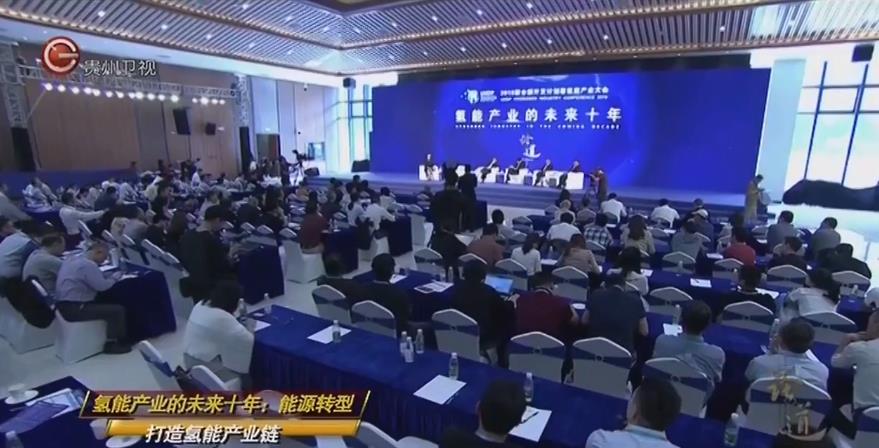How will pure electric vehicles and fuel cell vehicles develop in parallel? Expert advice

CCTV News:The draft of "New Energy Automobile Industry Development Plan (2021-2035)" drafted by the Ministry of Industry and Information Technology puts forward that after 15 years of continuous efforts, pure electric vehicles will become the mainstream and fuel cell commercial vehicles will be applied on a large scale.
What kind of development path has China’s new energy vehicles gone through, and how will pure electric vehicles and fuel cell vehicles develop in parallel in the future? Dong Yang, the first vice president of the World Automobile Organization and former executive vice president of China Automobile Industry Association, expressed his views in the column "On Road".
Dong Yang:First of all, in order to use words accurately, I will call the current battery-based electric vehicle an electric vehicle, and the fuel cell vehicle is called a fuel cell vehicle. In fact, the fuel cell is also an electric vehicle. In the 1970s and 1980s, I began to consider using the battery to do this, and found that the energy of the battery could not get up. Therefore, in the last decade of last century and the beginning of this century, the mainstream view in the industry was that the fuel cell vehicle was the ultimate solution. However, the development situation in these two decades has changed, that is, the battery electric vehicle has made great progress, the energy of the battery has been greatly improved, and the cost has been greatly reduced. Therefore, in the present situation, it should be that pure electric vehicles or electric vehicles are suitable for passenger cars in the city, and fuel cell vehicles are suitable for long-distance and heavy-duty vehicles between cities.
Then, as an example, the Japanese government has always had a hydrogen energy strategy. This hydrogen energy was changed to pay equal attention to hydrogen and electricity last year, that is, passenger cars are mainly electric vehicles with batteries, while commercial vehicles use fuel cells. In the past, 90% of the fuel cells in the world were used for passenger cars, but now it is turning around in the world and China, and China will make greater efforts to use it in commercial cars. From the future, we have a greater possibility of achieving this achievement and making a breakthrough in this respect. So it is a complementary relationship.
In addition, the fuel cell vehicle needs to establish the whole process of hydrogen production, storage and transportation, and it is also a little later than the battery electric vehicle in the time rhythm.